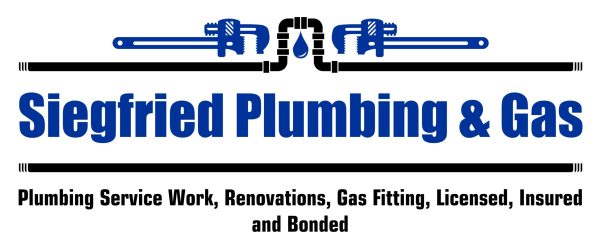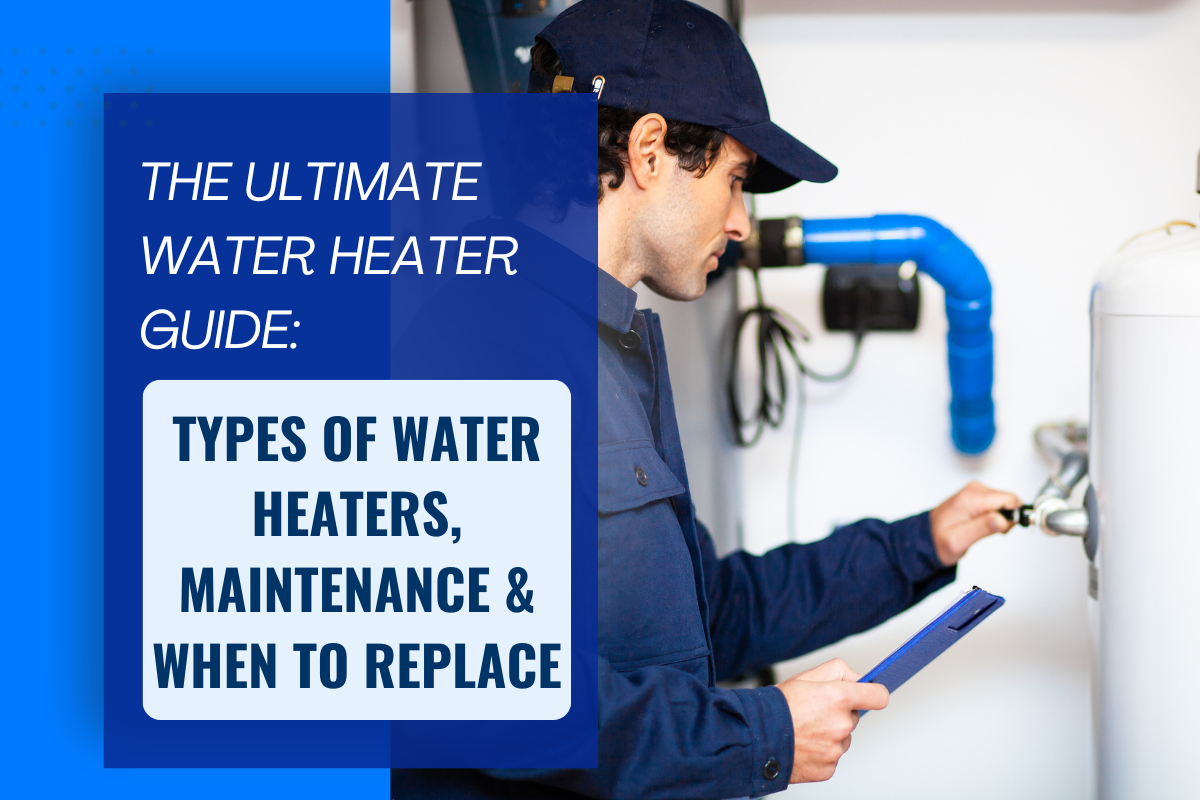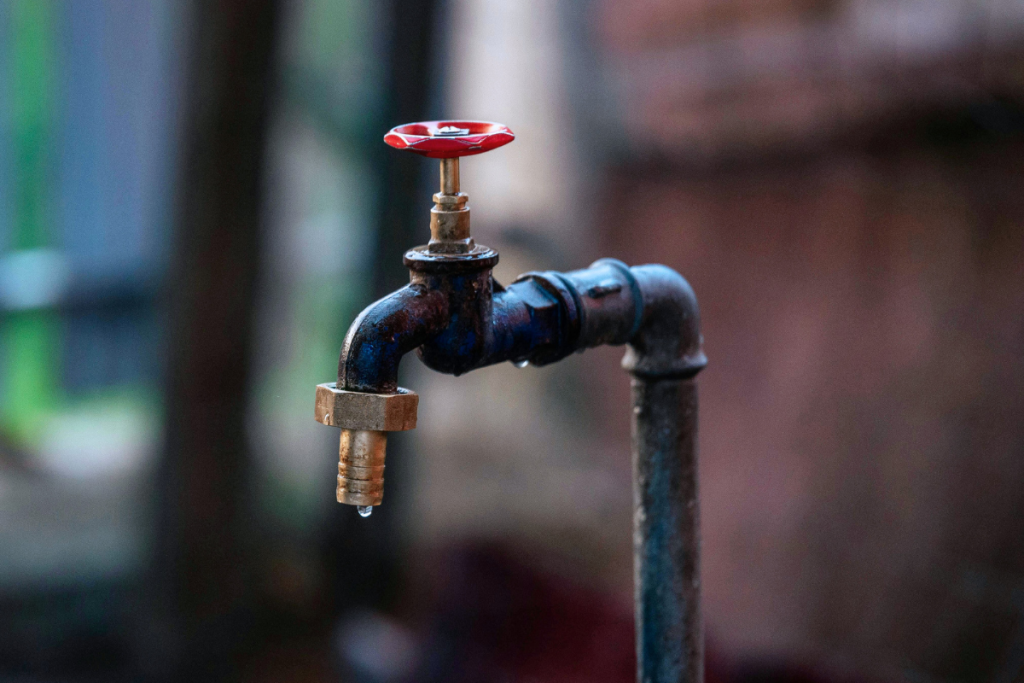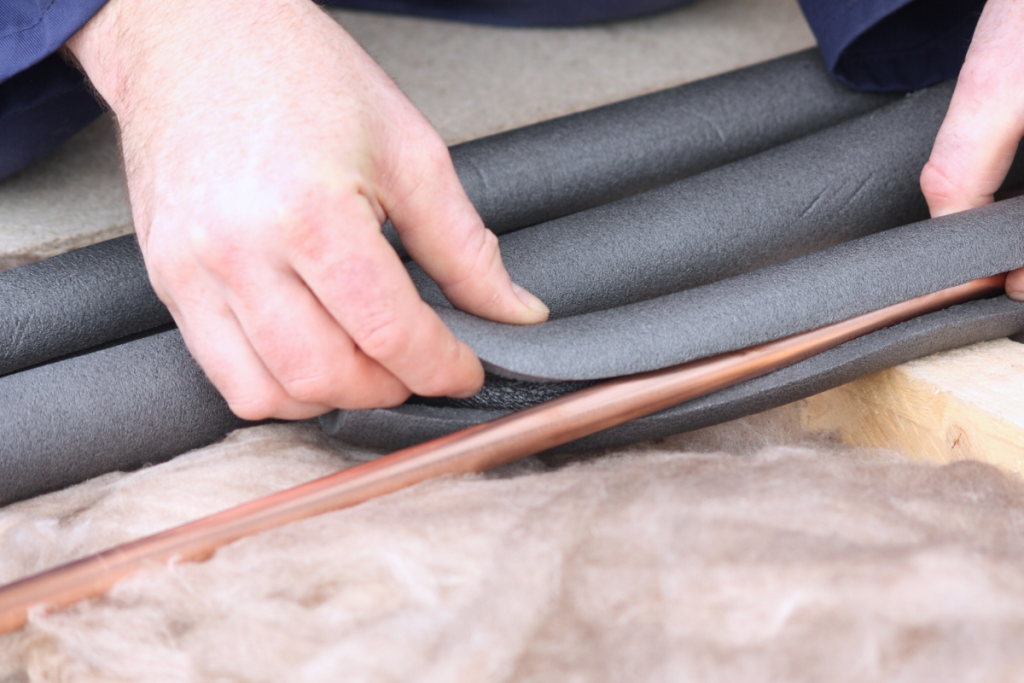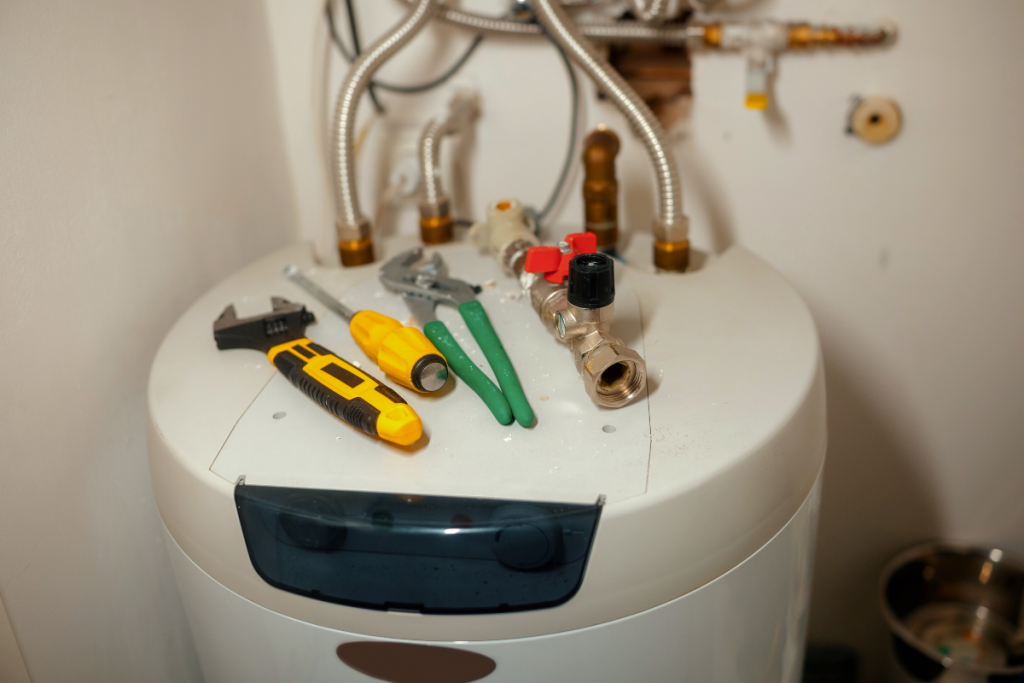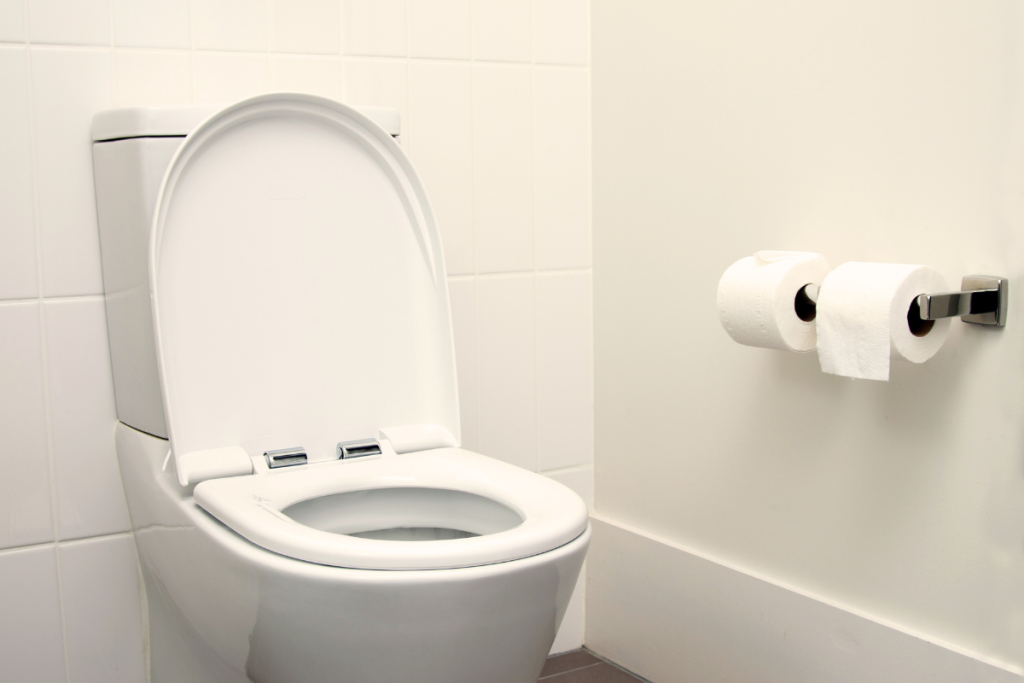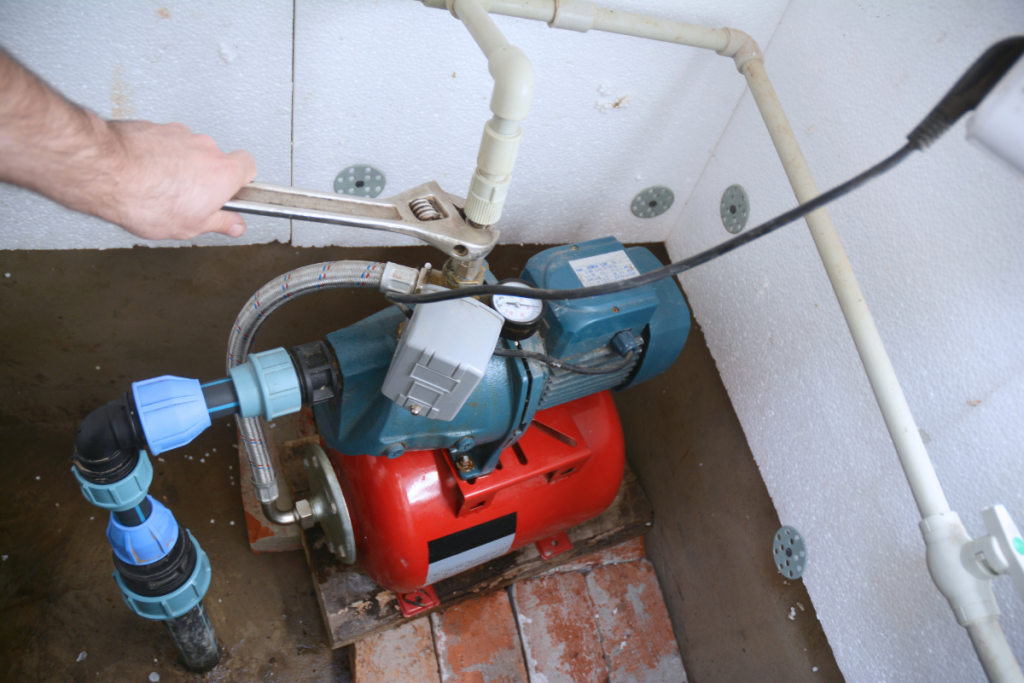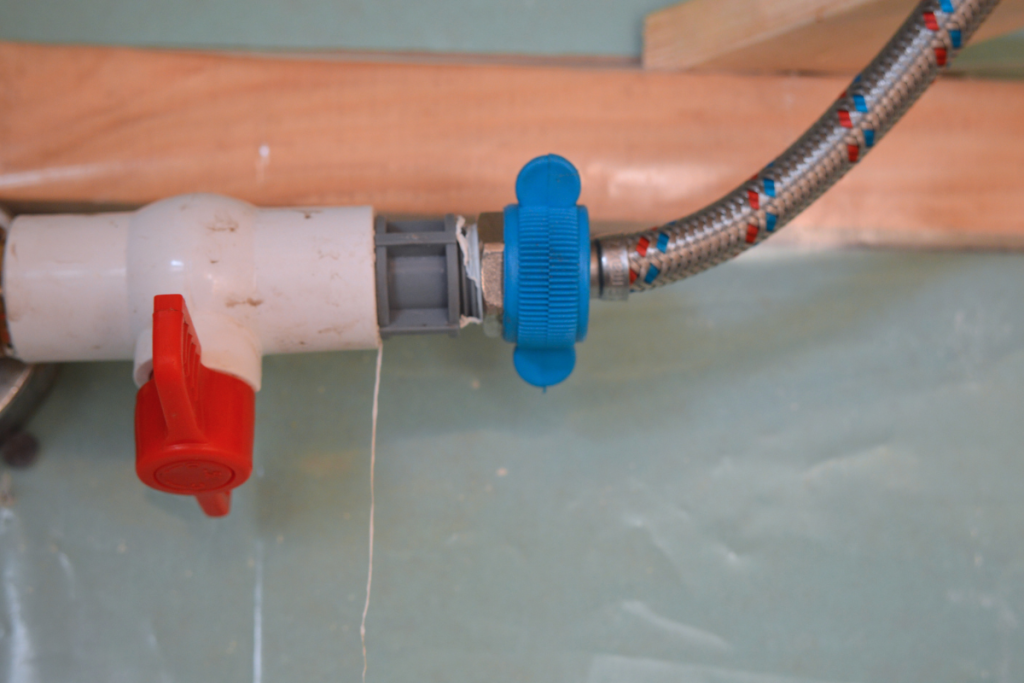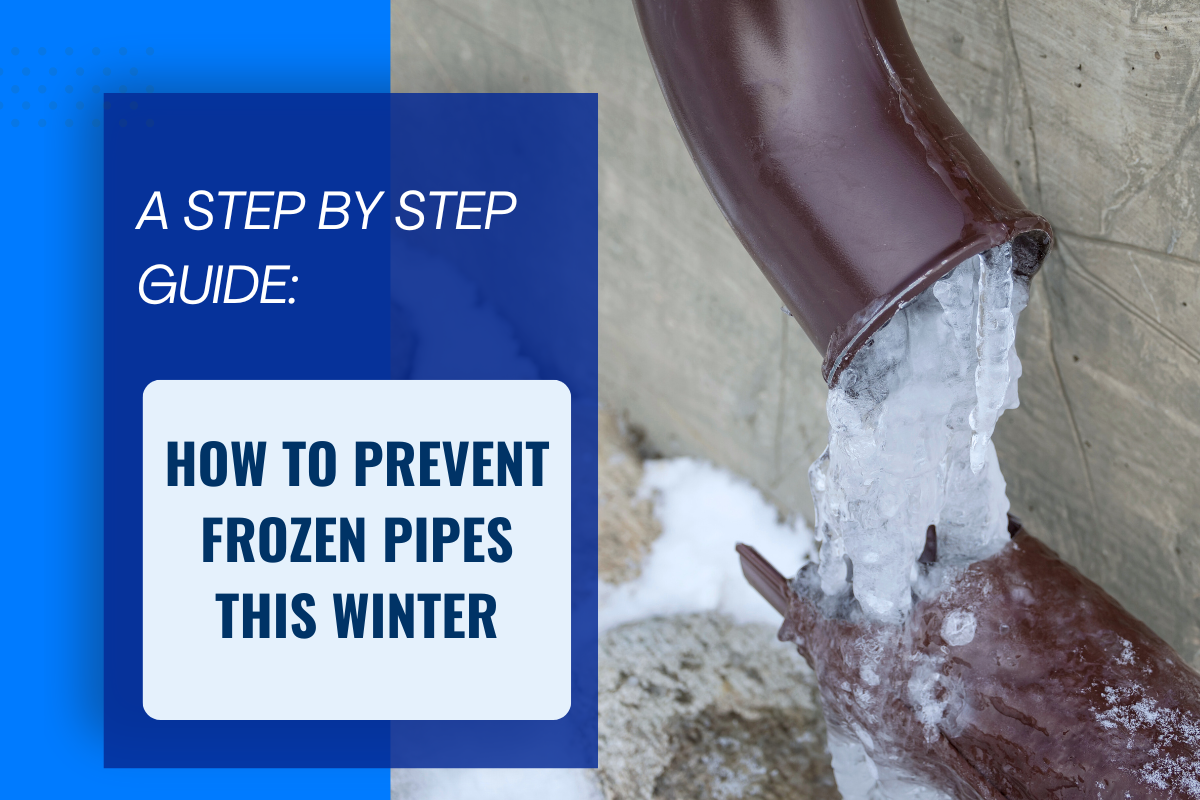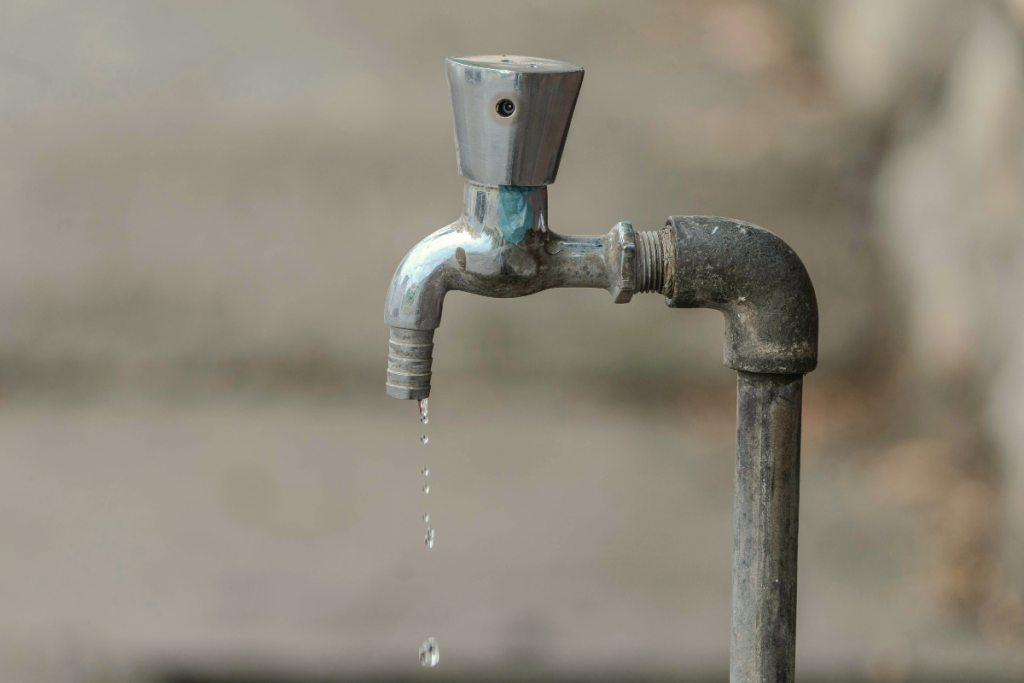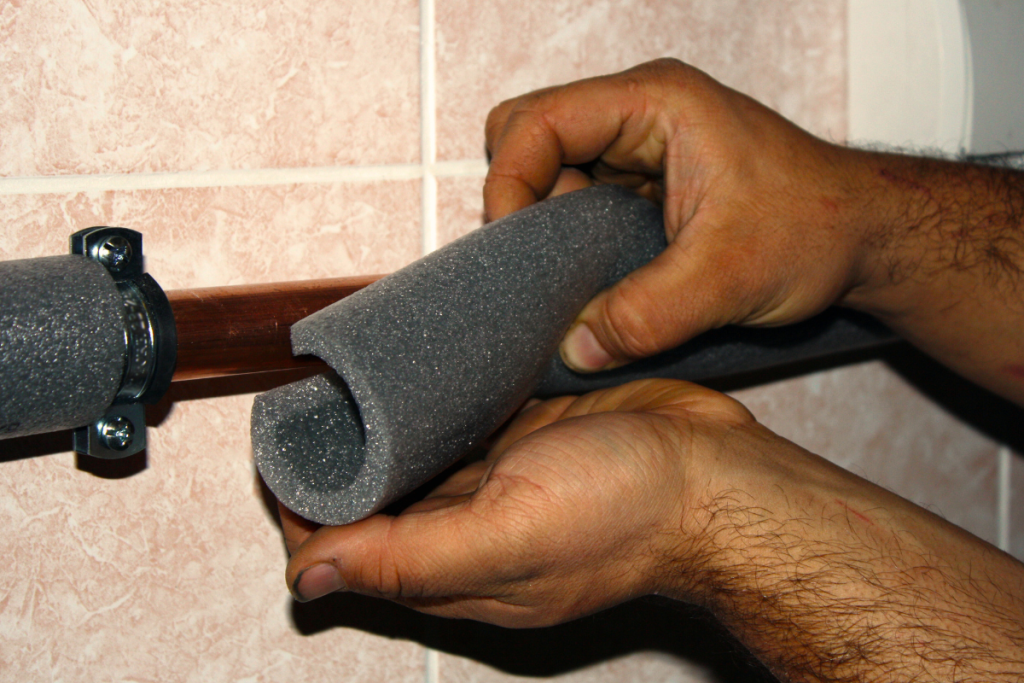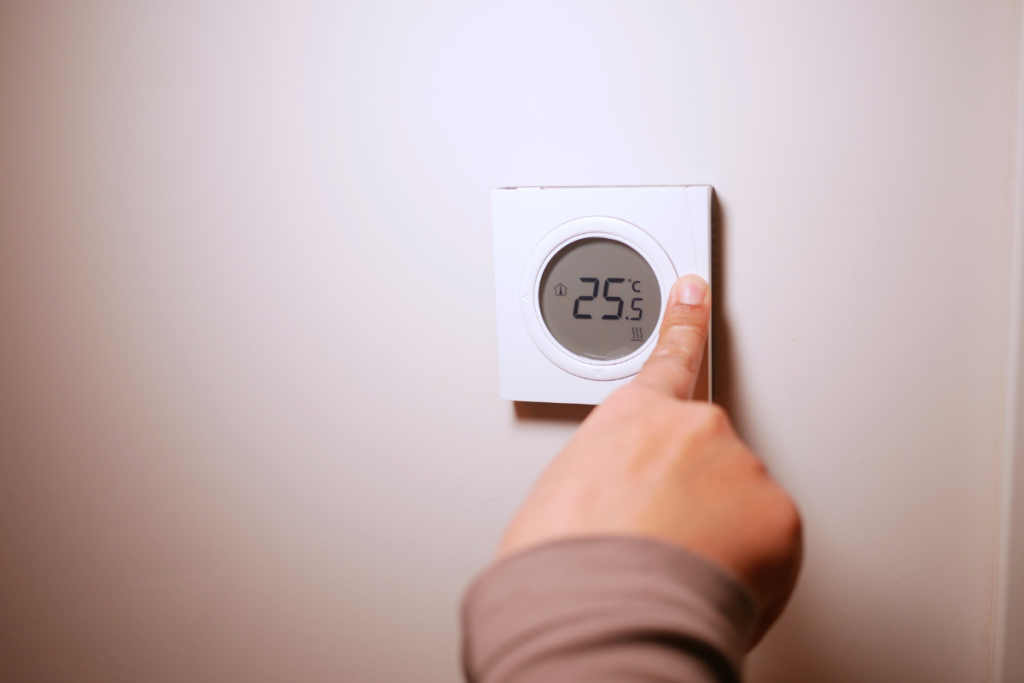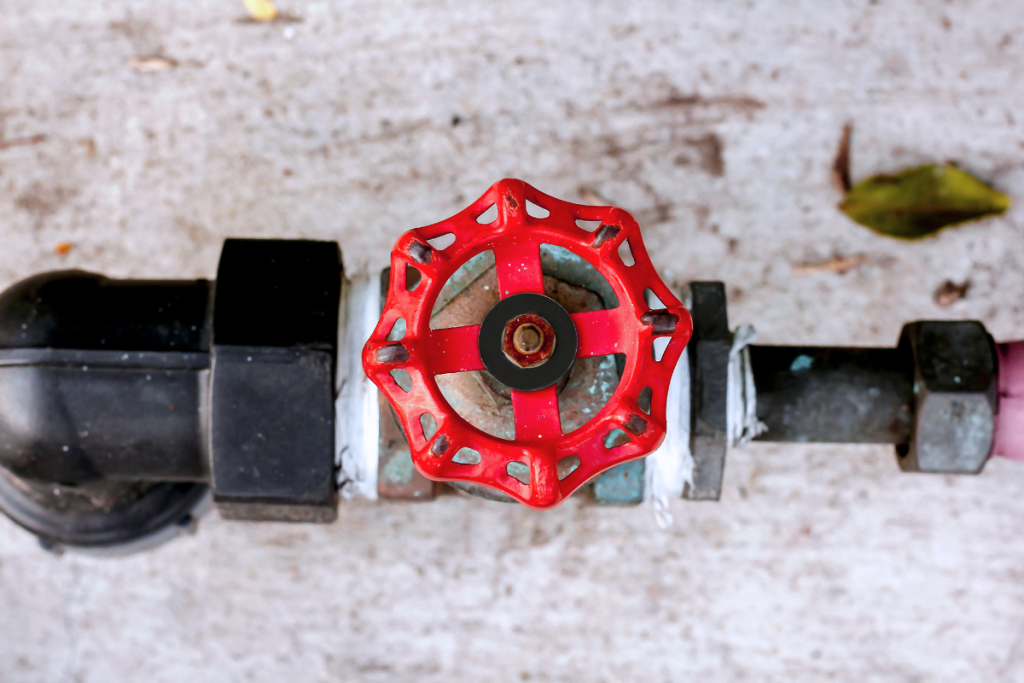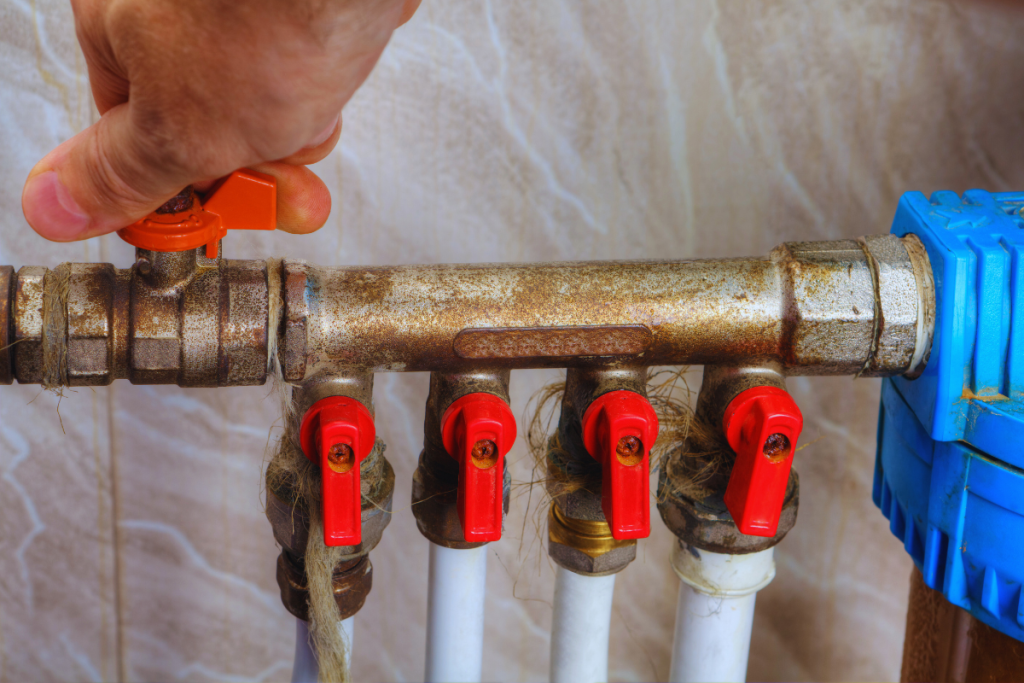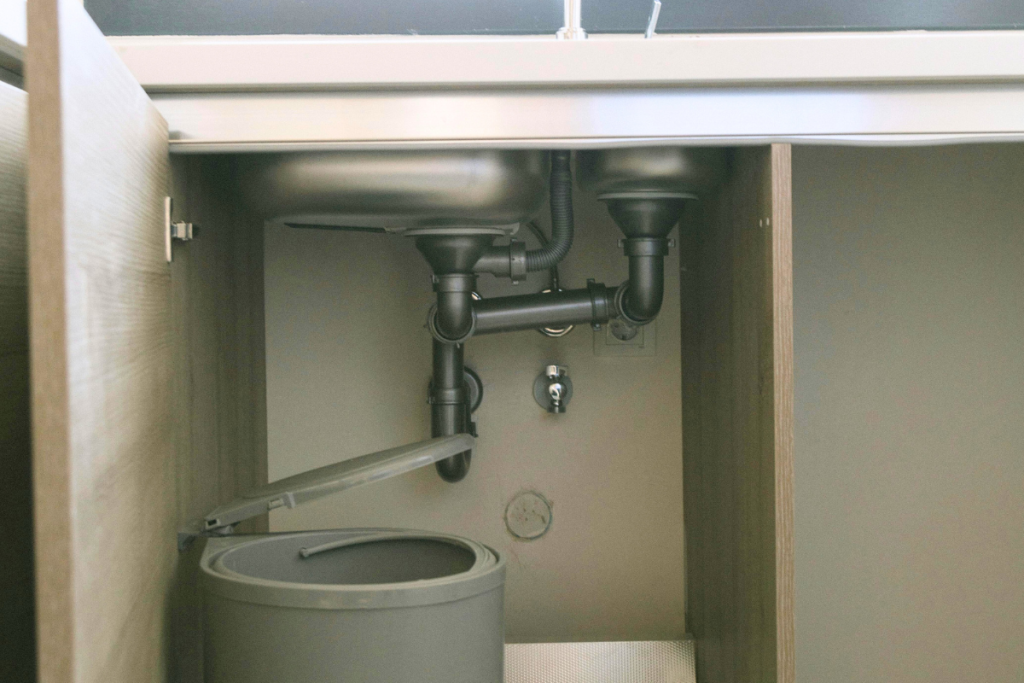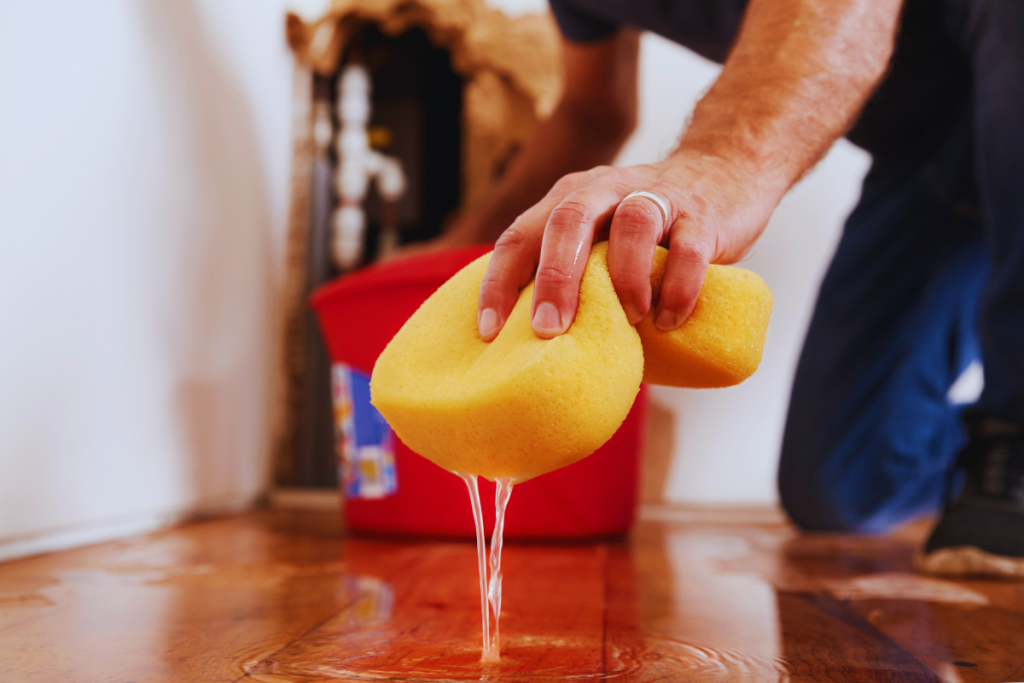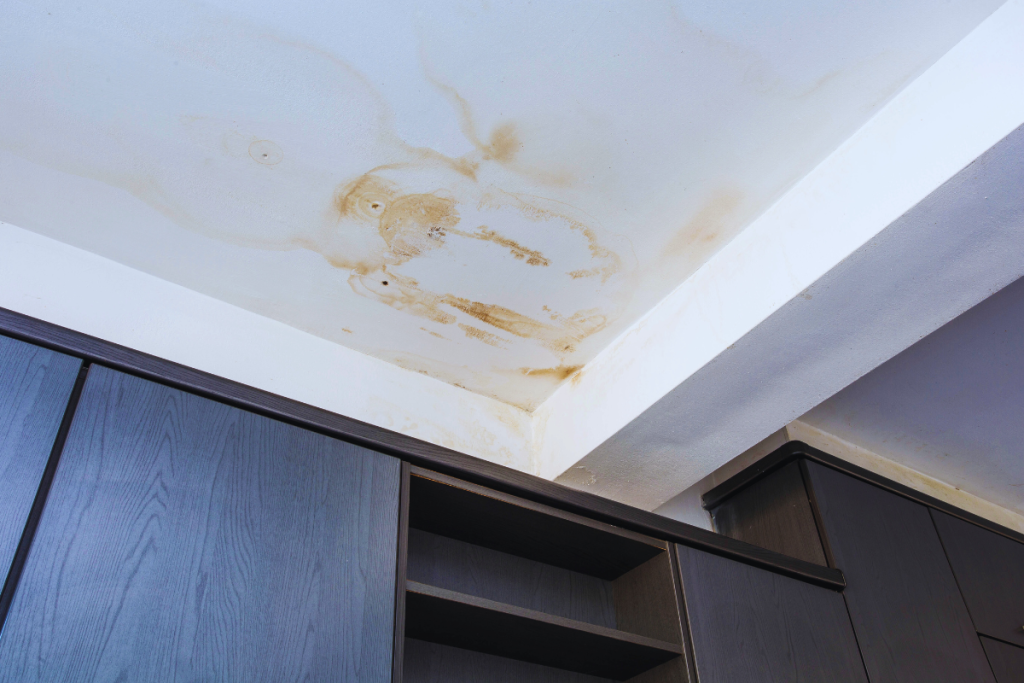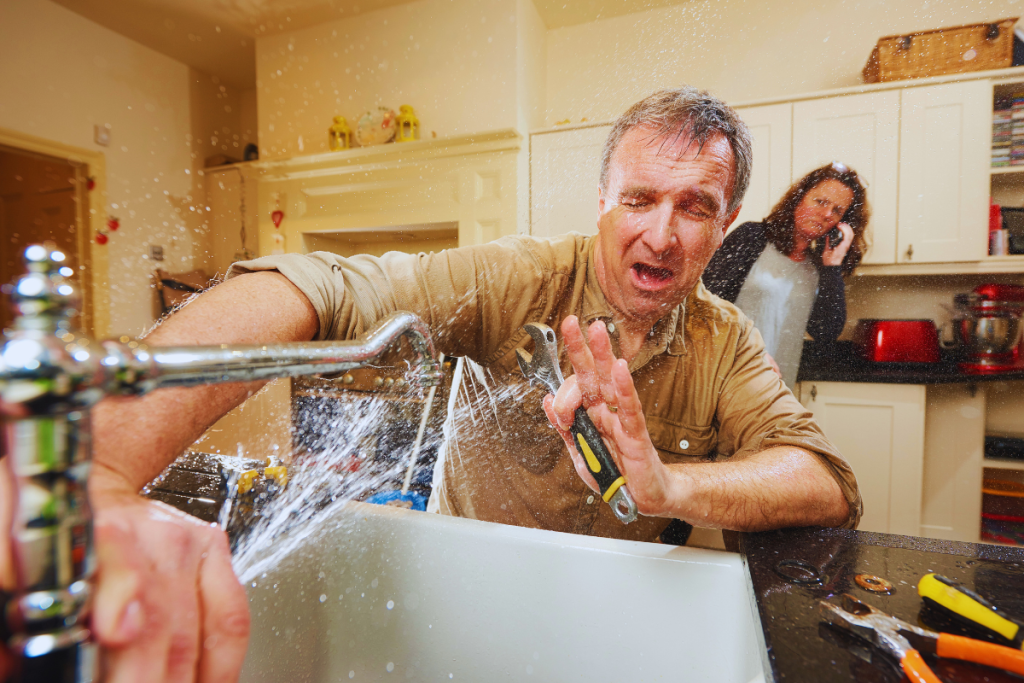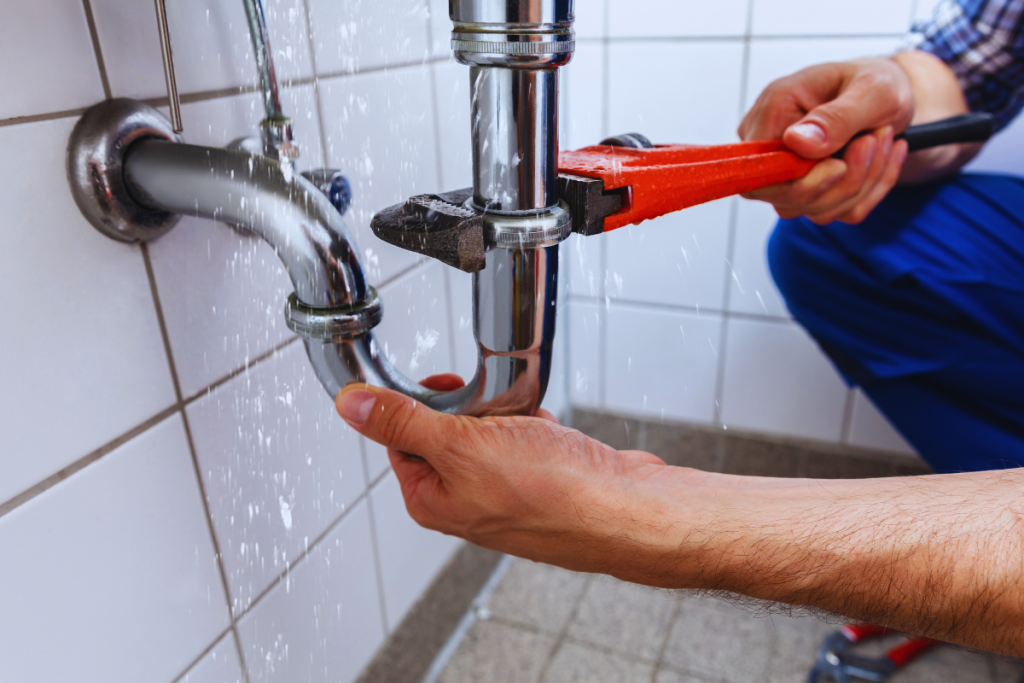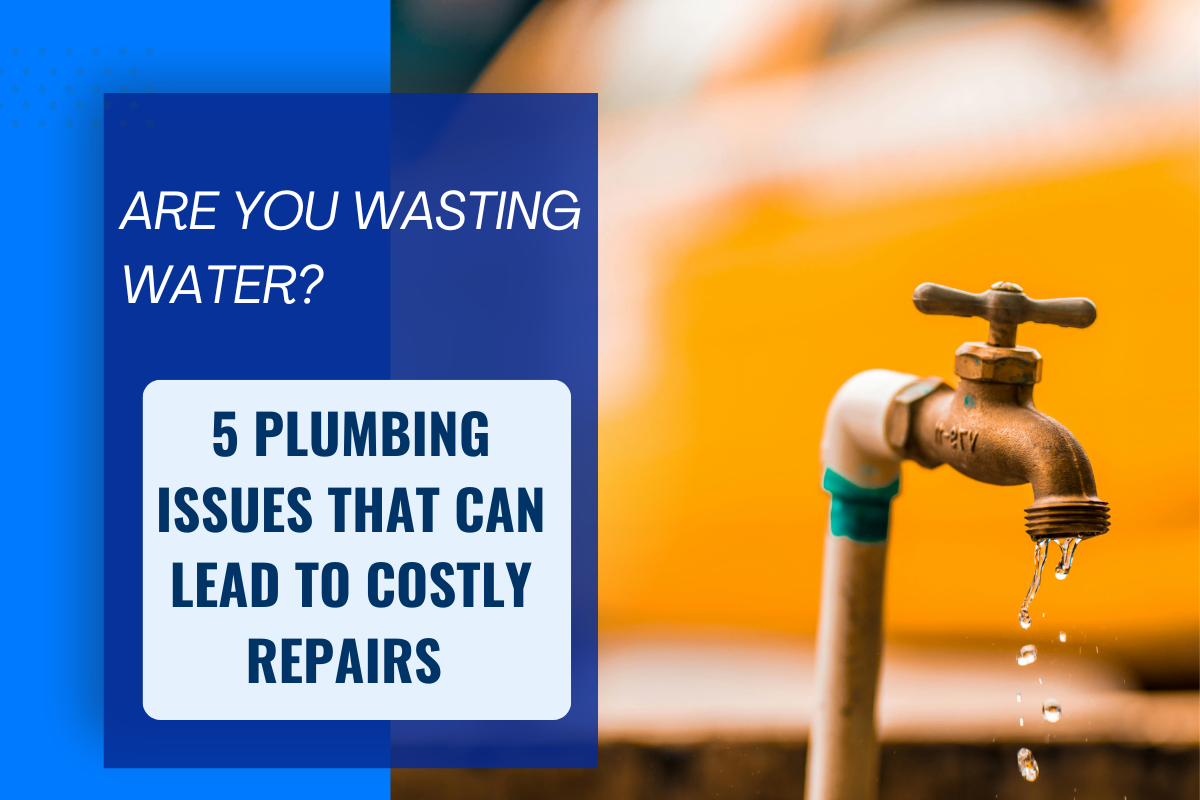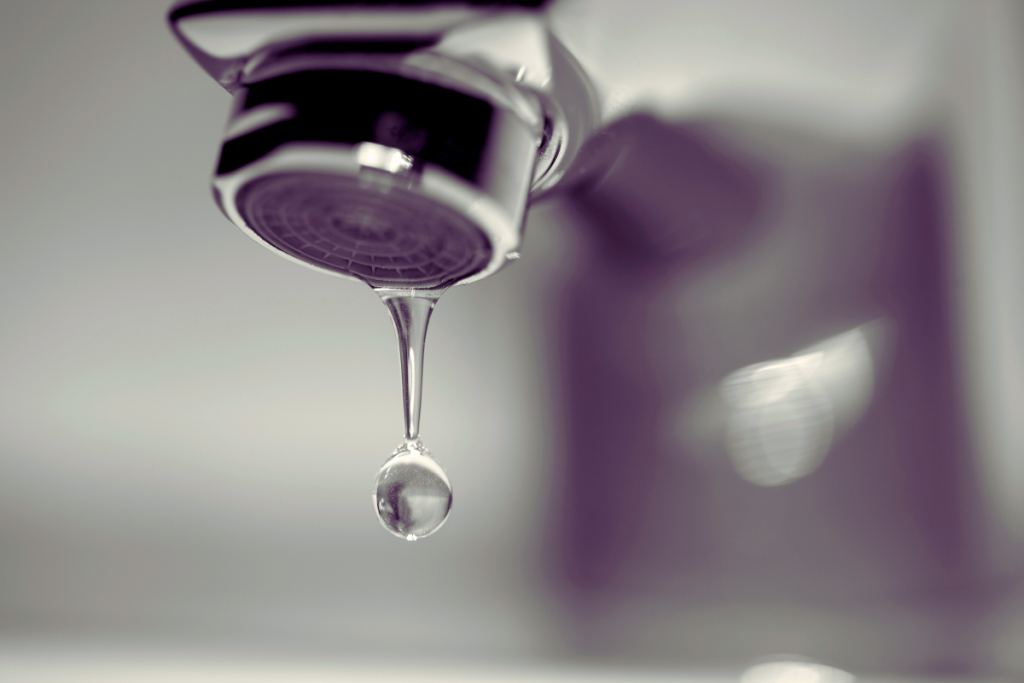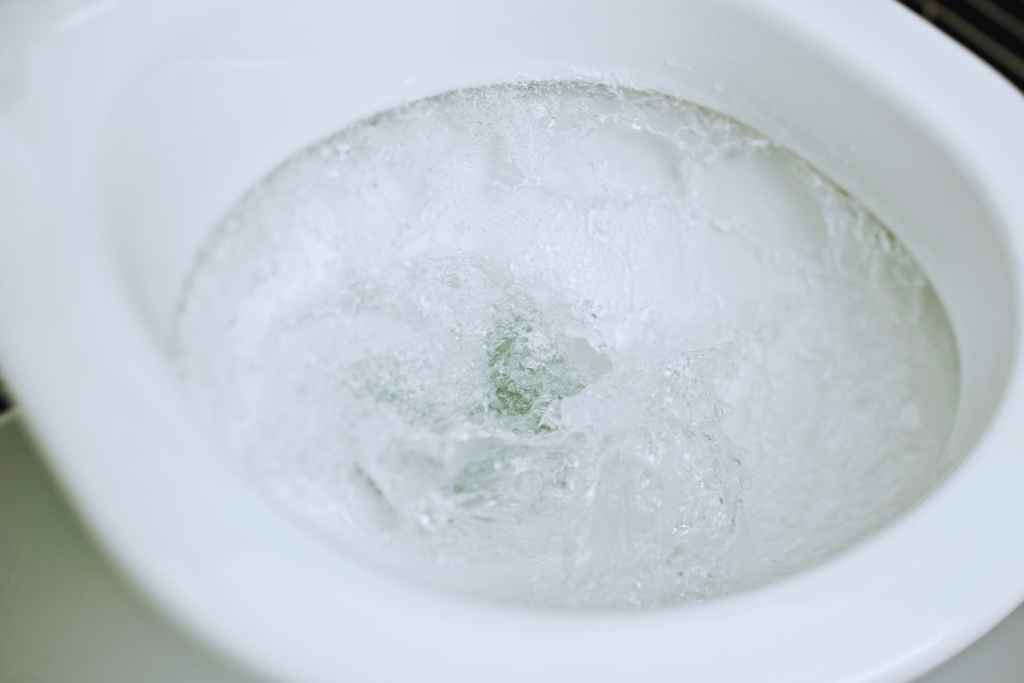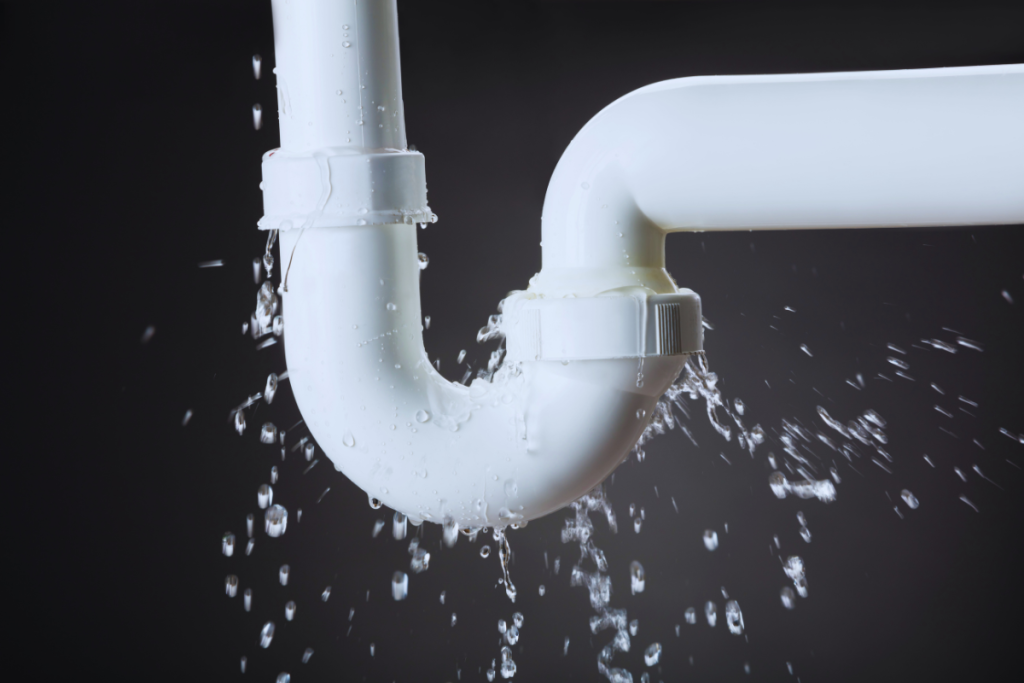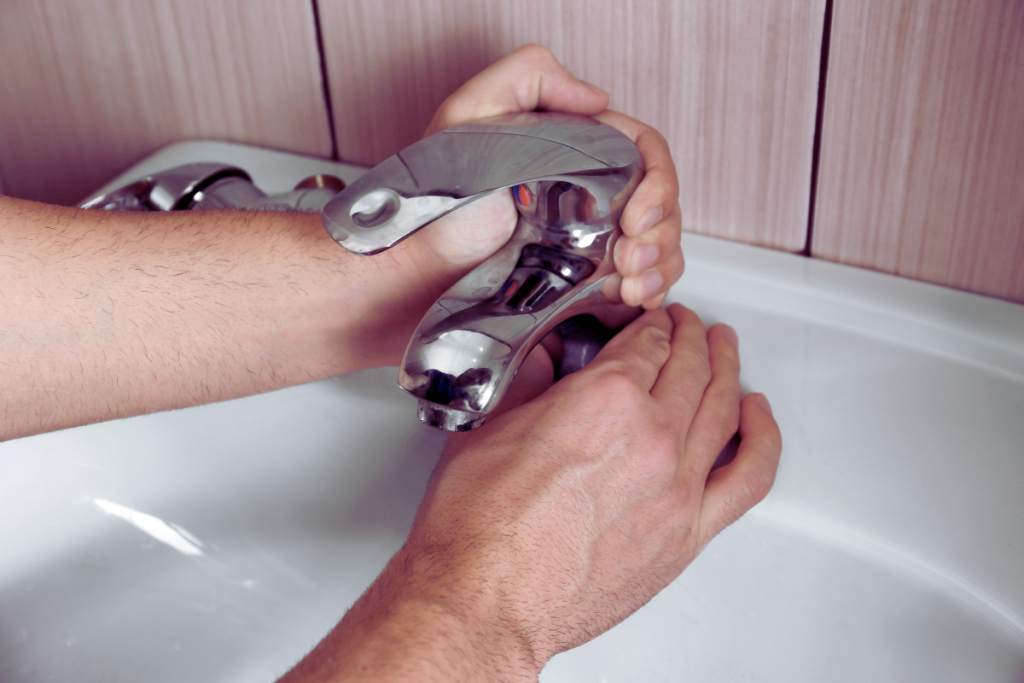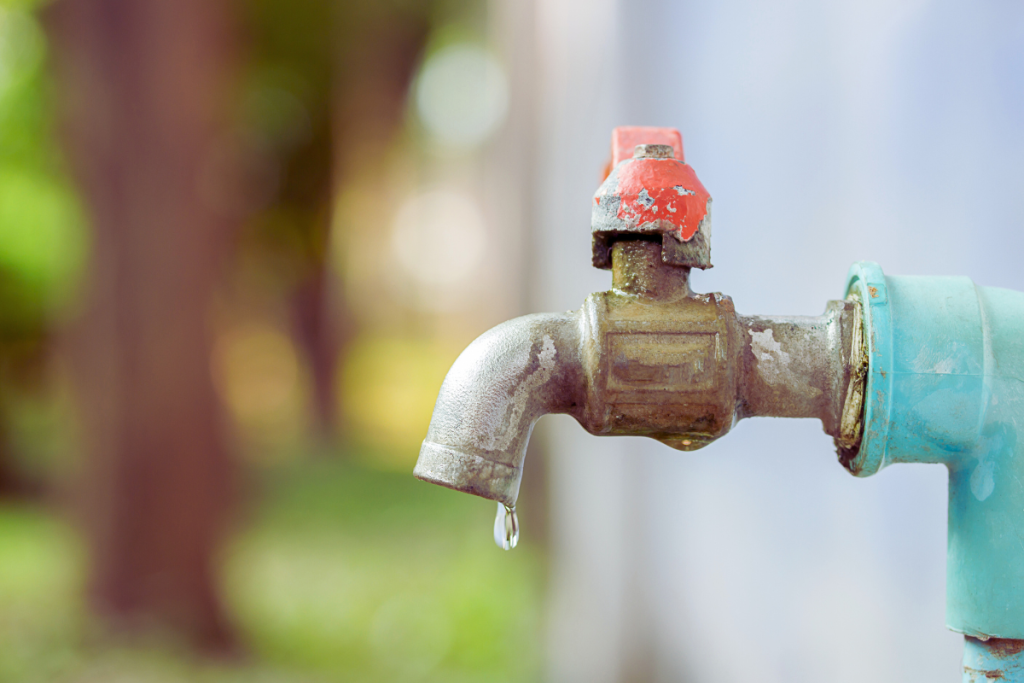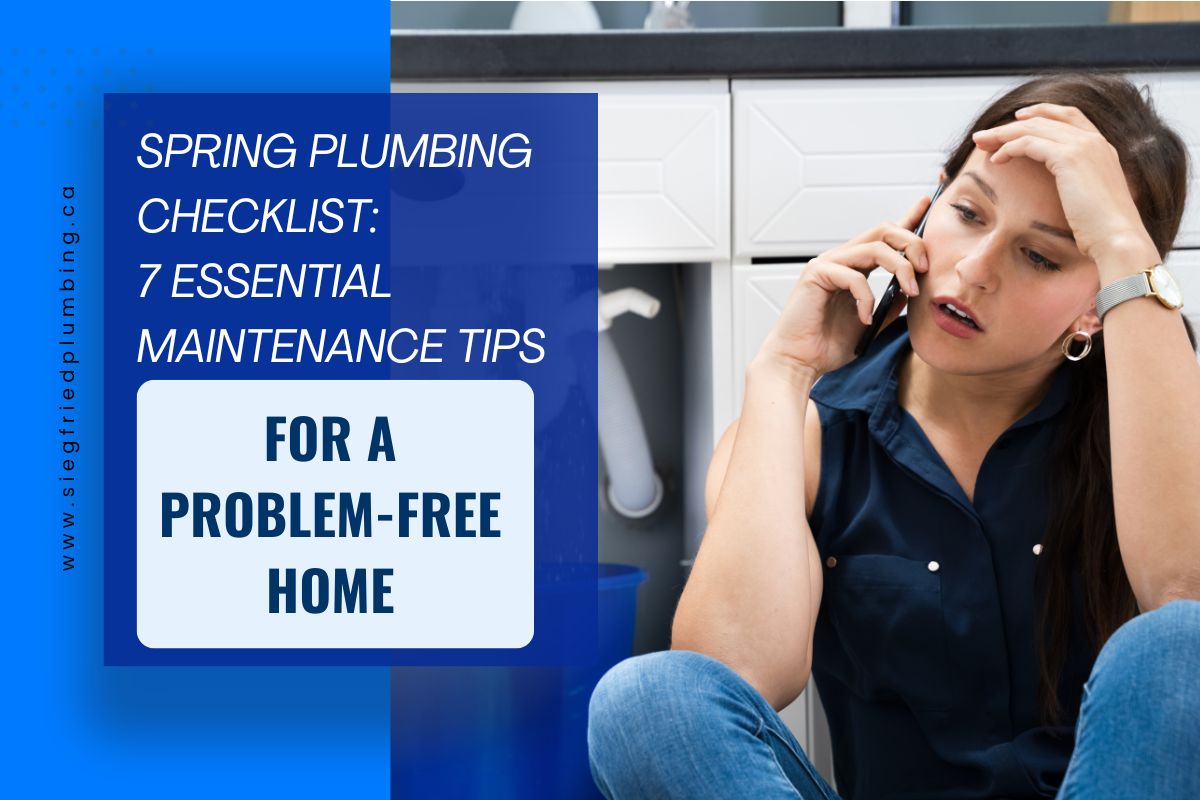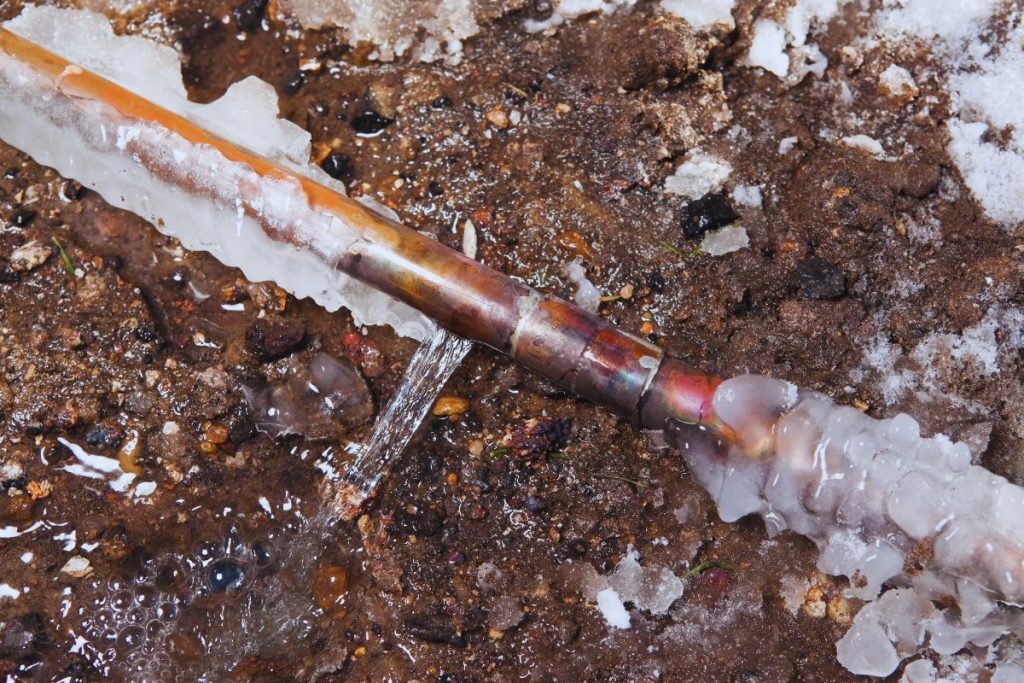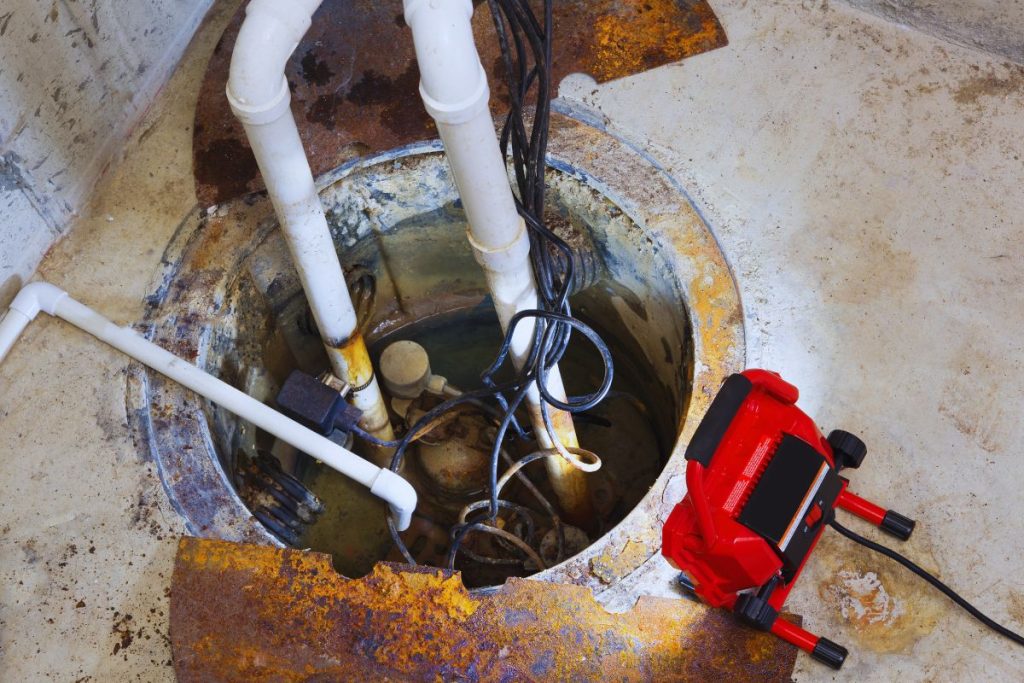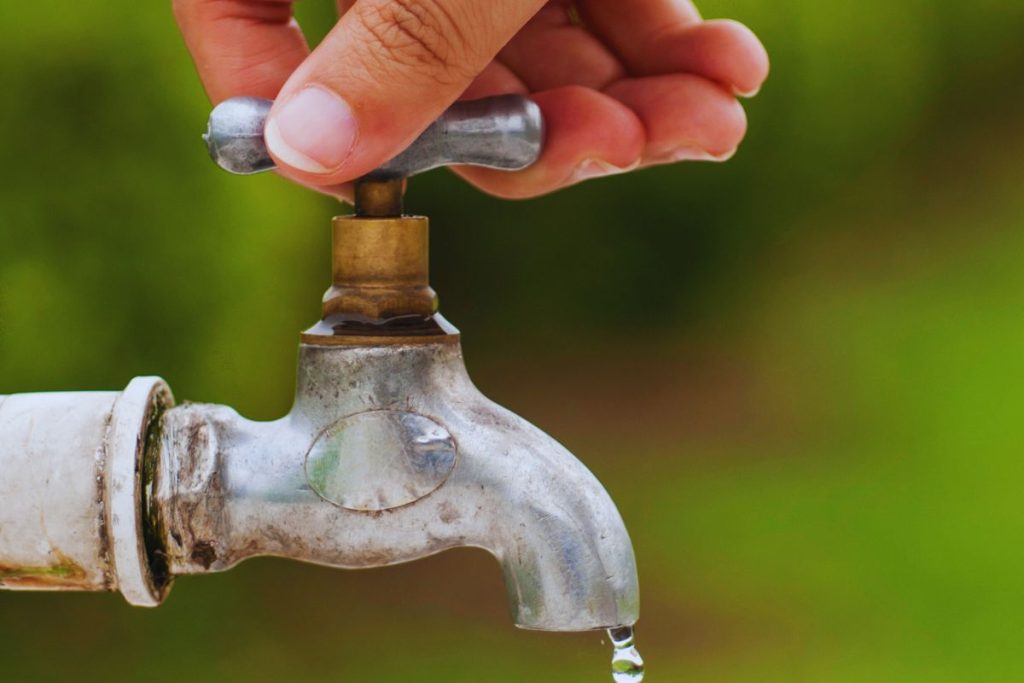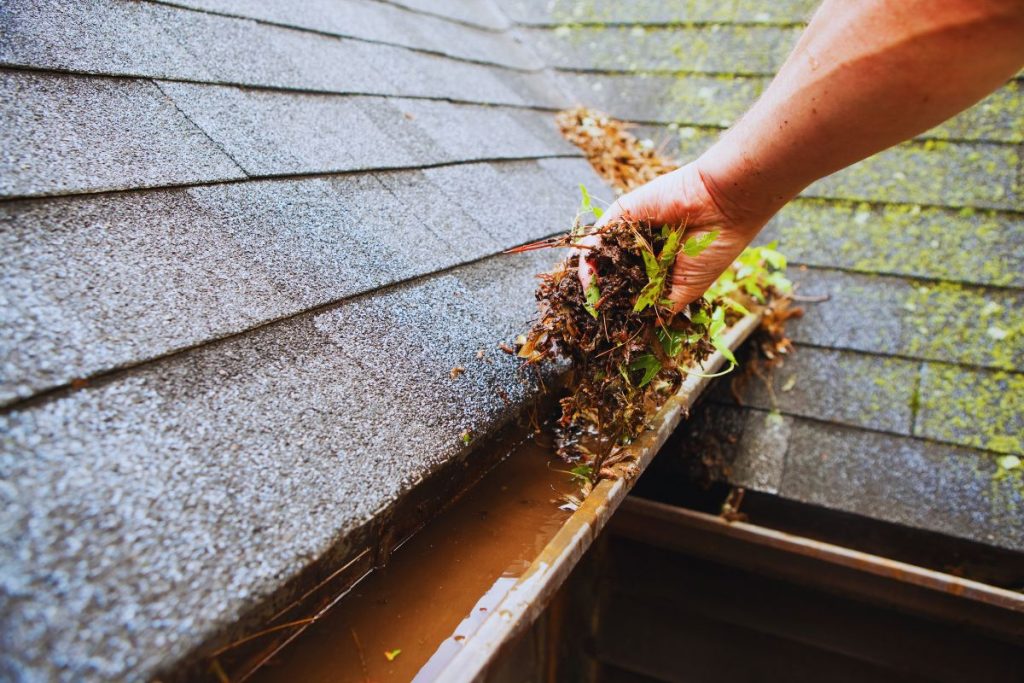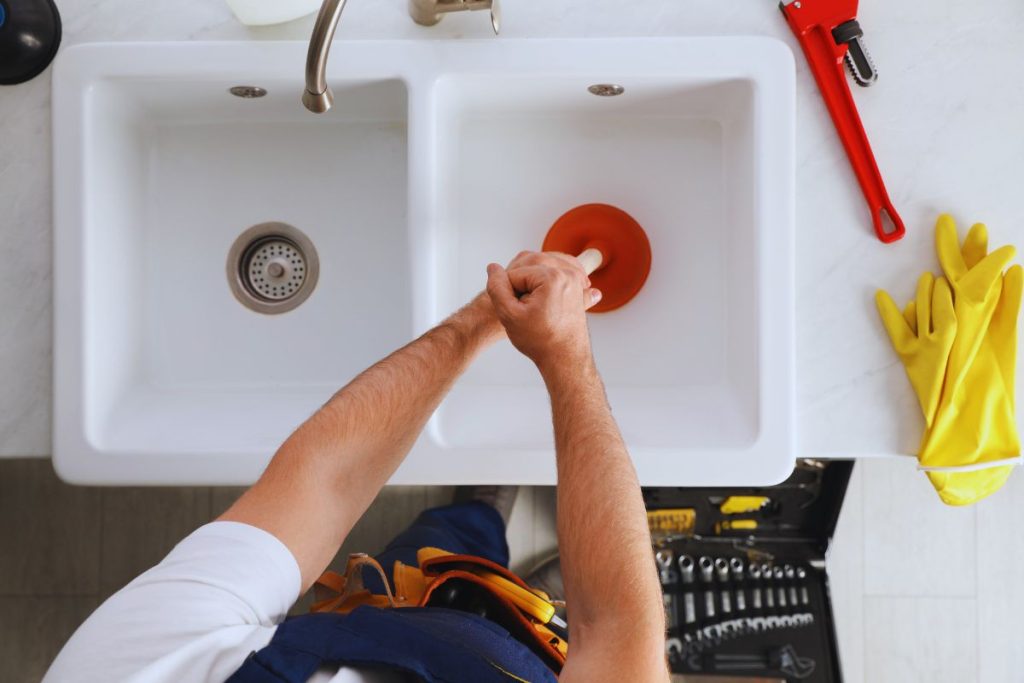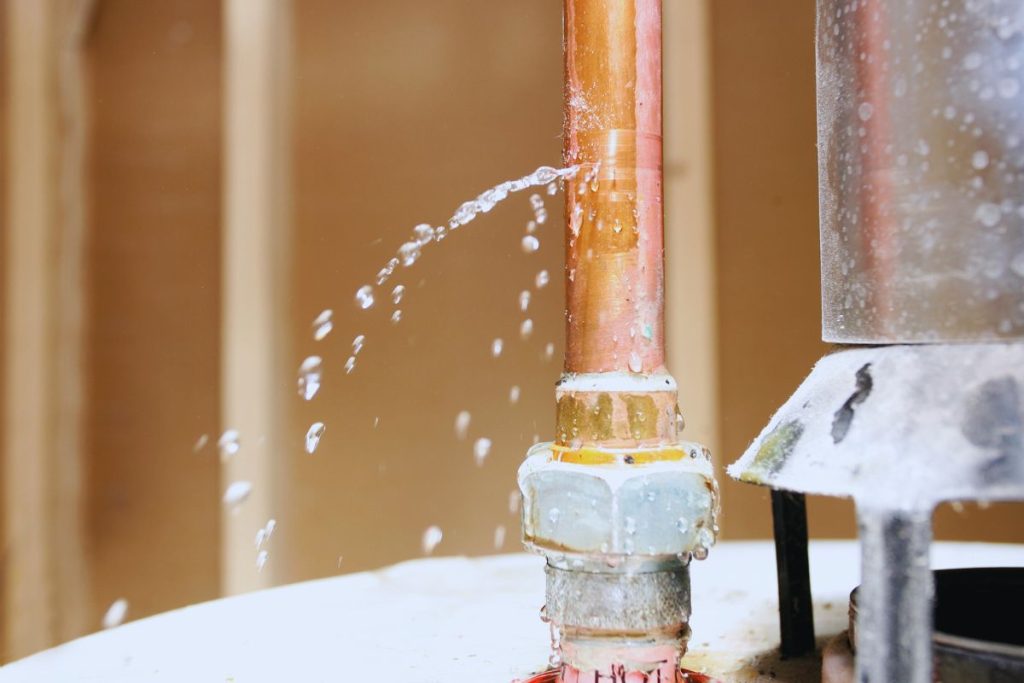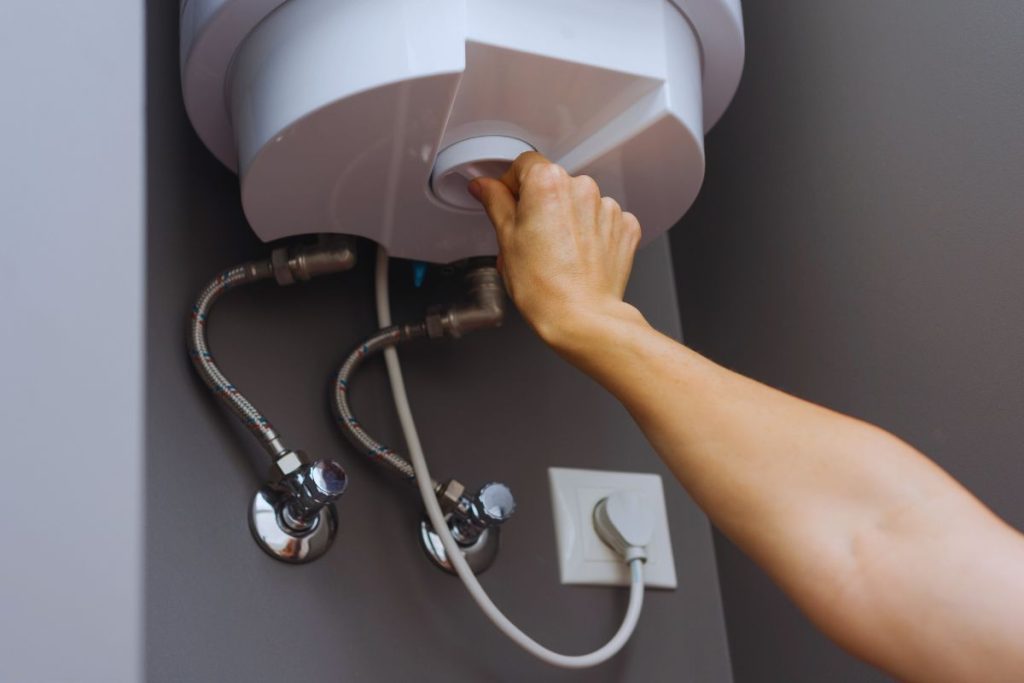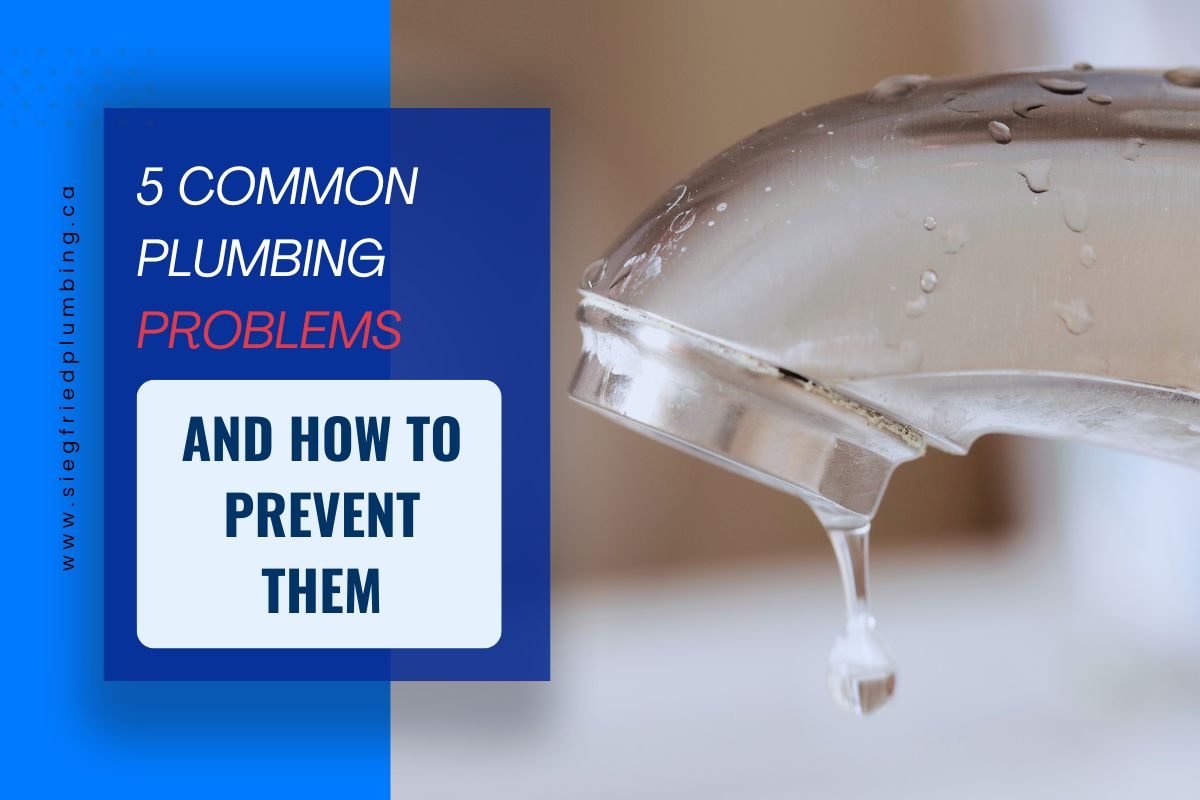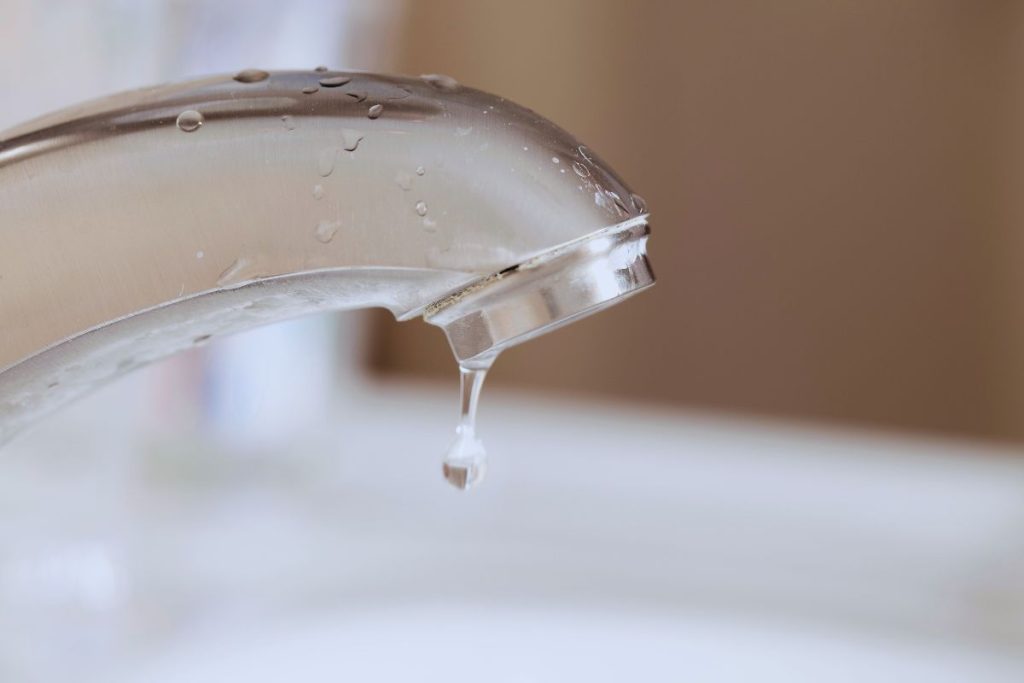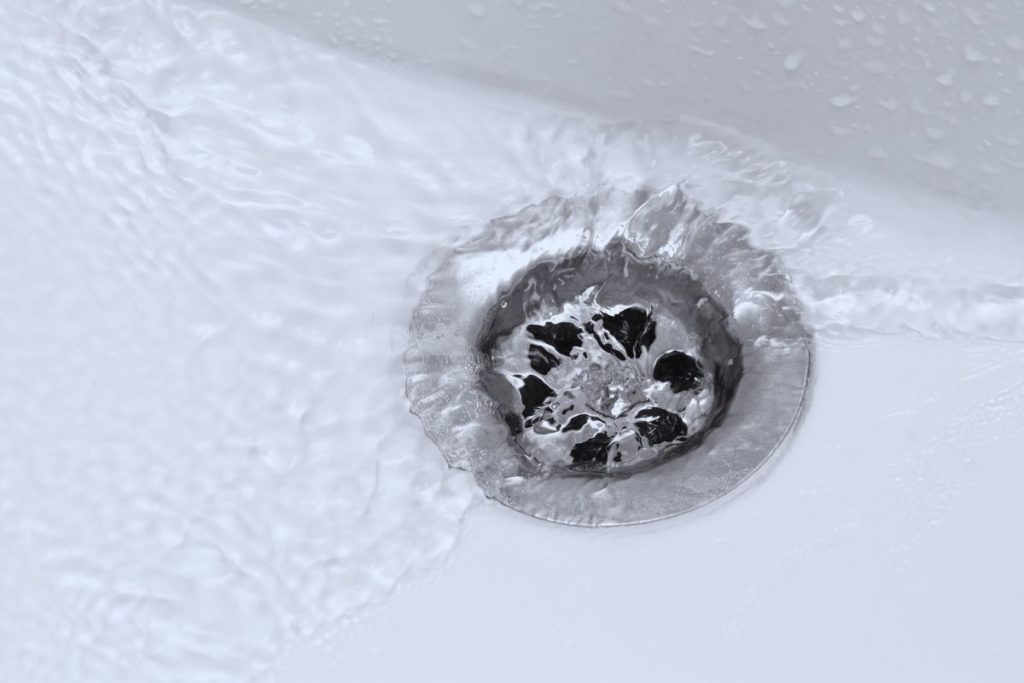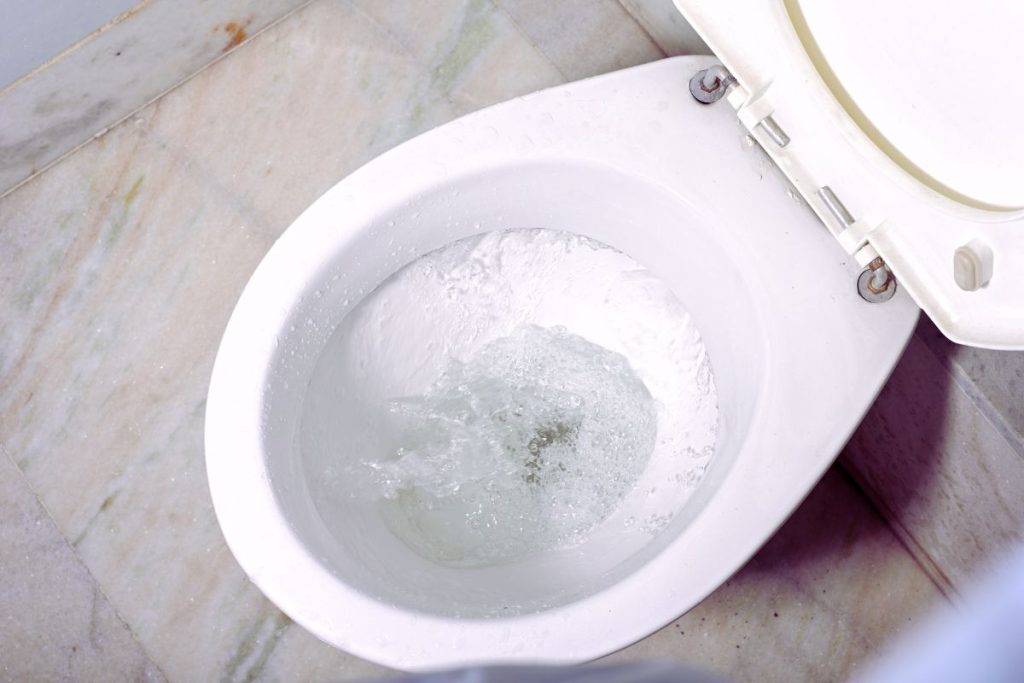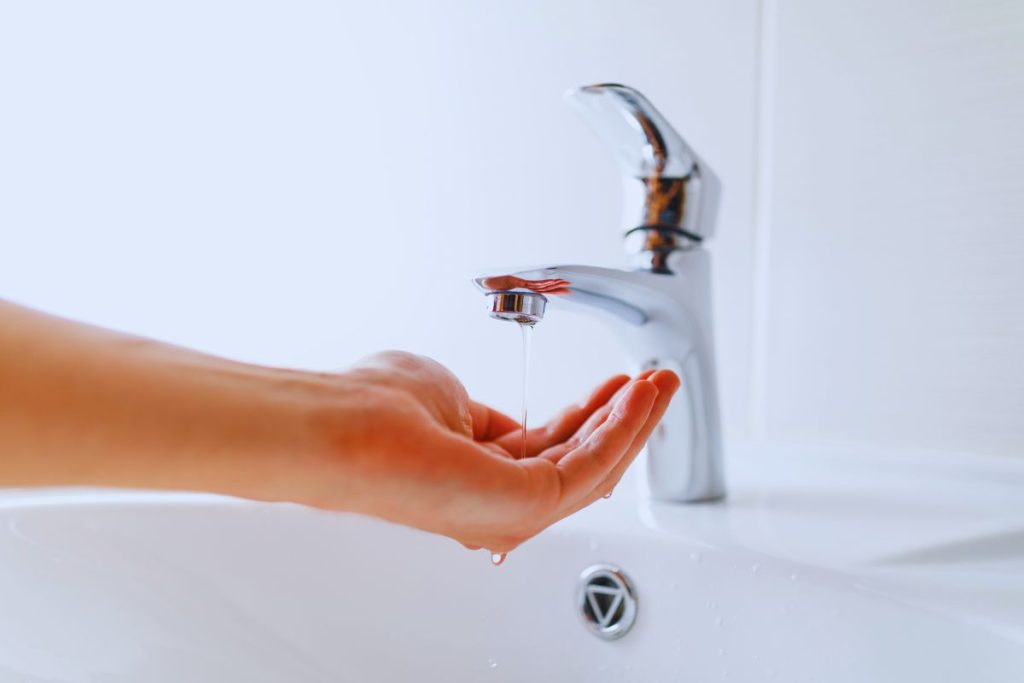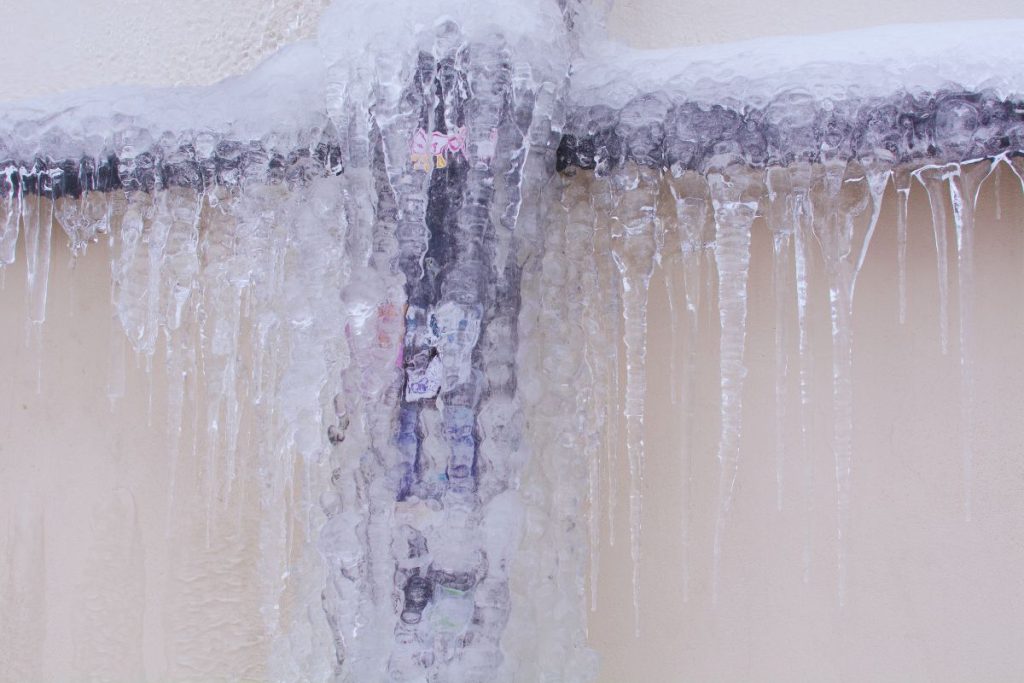The Ultimate Water Heater Guide:
Types of Water Heaters, Maintenance & When to Replace
When it comes to home comfort, hot water is non-negotiable. This water heater guide has everything you need to know. Whether you’re looking to install a new system, improve energy efficiency, or troubleshoot a lack of hot water, understanding the different types of heaters, how to maintain them, and when to replace them is key to keeping your home running smoothly.
Not sure if your water heater is working efficiently? Get a professional inspection today.
Types of Water Heaters
There are a few different types of water heaters on the market. Here’s a quick overview:
Tank (Storage) Water Heaters
The most common type in Courtenay and Comox homes. These units store hot water in a tank and keep it heated continuously.
- Affordable upfront cost
- Can run out of hot water
- Lifespan: 8–12 years
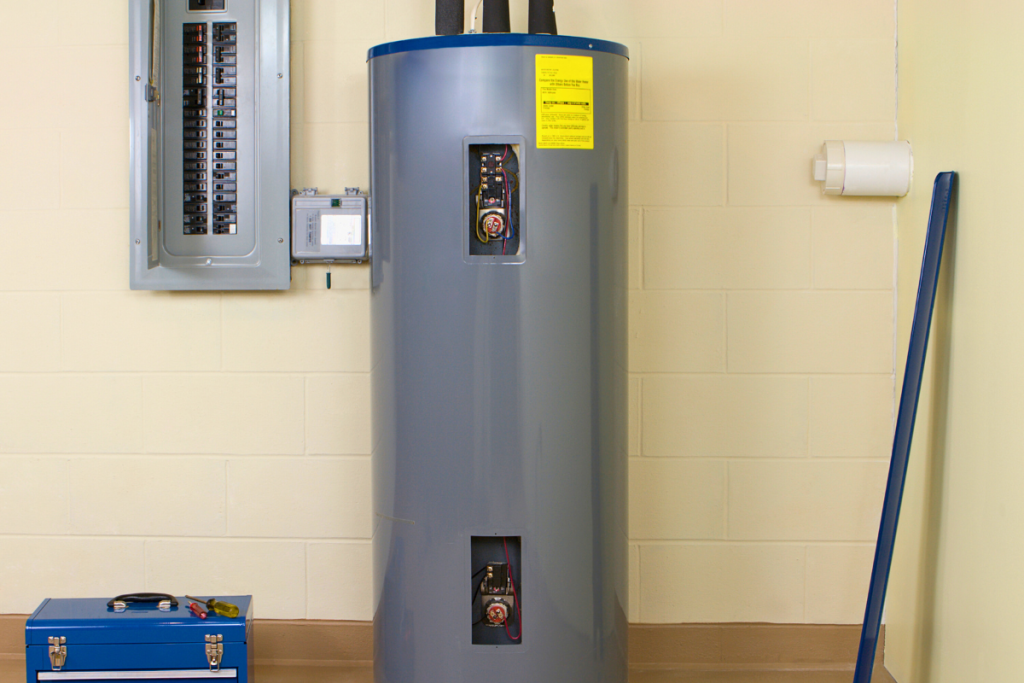
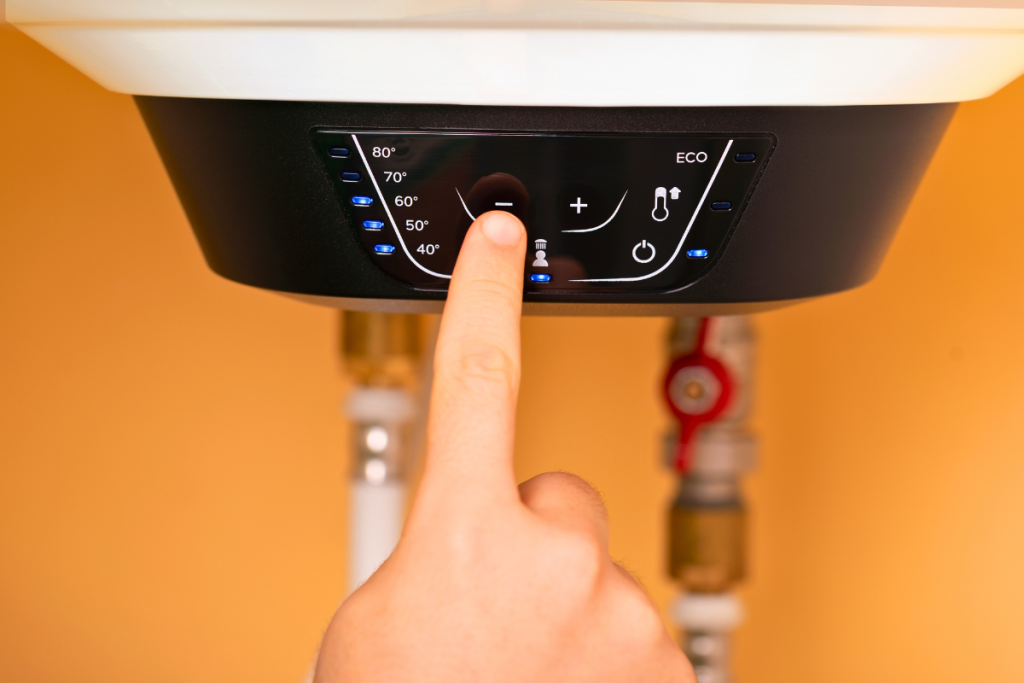
Tankless (On-Demand) Water Heaters
Tankless water heaters heat water only when you need it, offering better efficiency and unlimited hot water.
- Higher upfront cost
- Lower energy use
- Lifespan: 15–20 years
- Learn more in our post on tankless water heaters and other plumbing upgrades
Heat Pump (Hybrid) Water Heaters
These use electricity to move heat from the air to the water. A great choice for energy-conscious homeowners.
- Excellent efficiency
- Needs more space
- Ideal for warmer indoor climates (like heated garages or utility rooms)
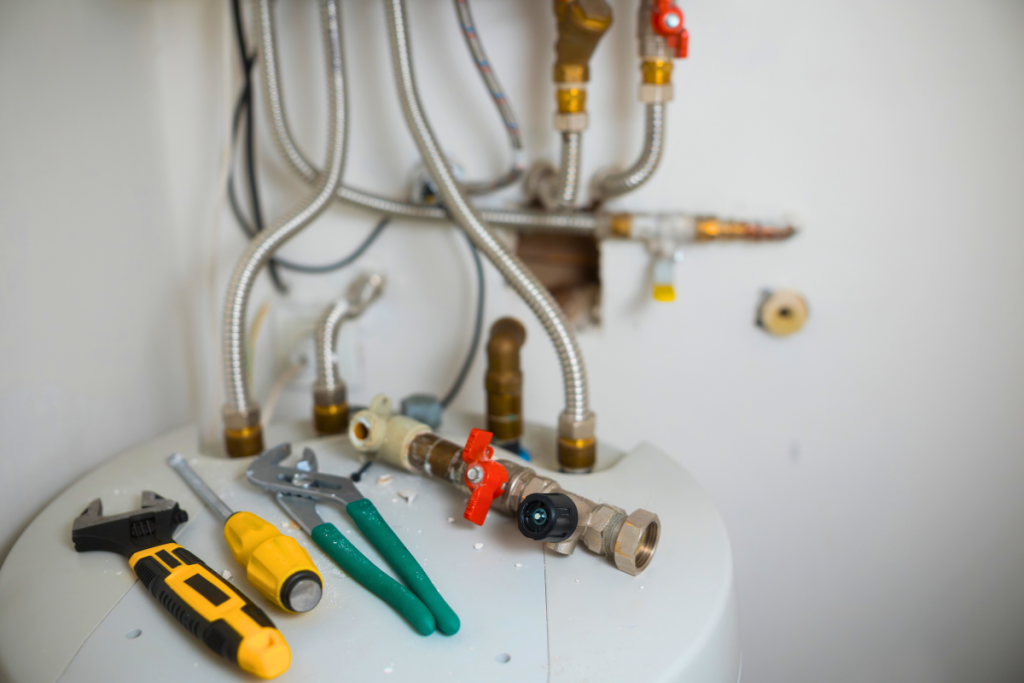
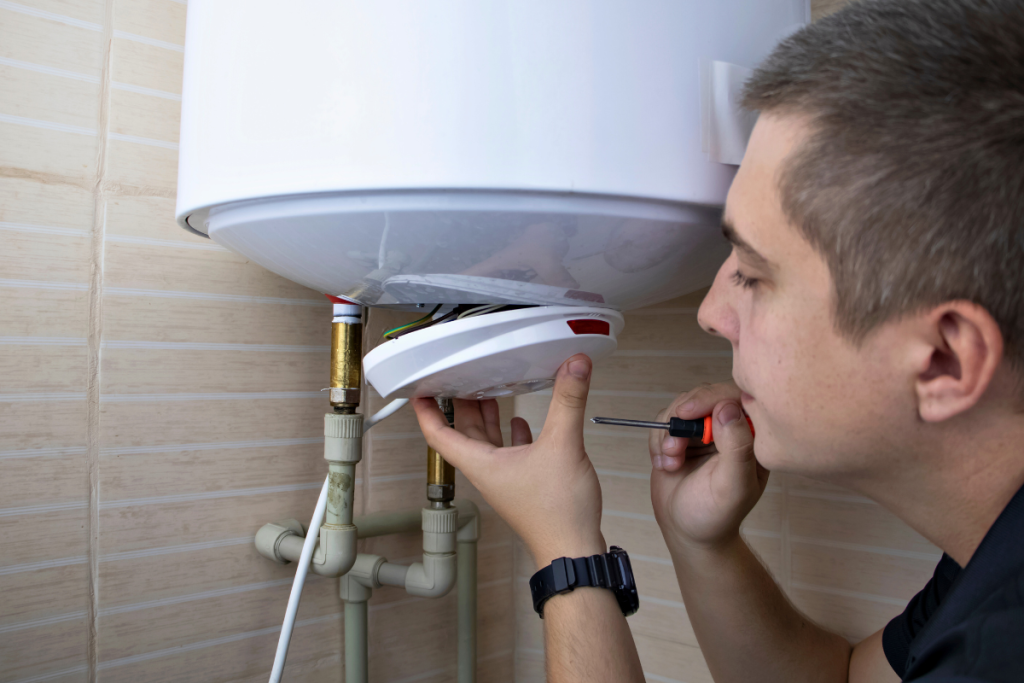
Water Heater Maintenance Tips
Taking care of your water heater extends its lifespan and improves performance. Here’s what you should do at least once a year:
- Flush the tank to remove sediment buildup
- Check the anode rod to prevent internal corrosion
- Inspect the pressure relief valve
- Insulate the pipes and tank to improve energy efficiency (especially in colder months)
📌 Not sure how to do this yourself? Book a winter plumbing inspection and we’ll take care of it.
Signs It’s Time to Replace Your Water Heater
If your water heater is more than 10 years old or showing signs of wear, it may be time to consider a replacement. Look for:
- Inconsistent or insufficient hot water
- Discoloured or rusty water
- Strange noises coming from the tank
- Water pooling around the base of the unit
- Rising energy bills
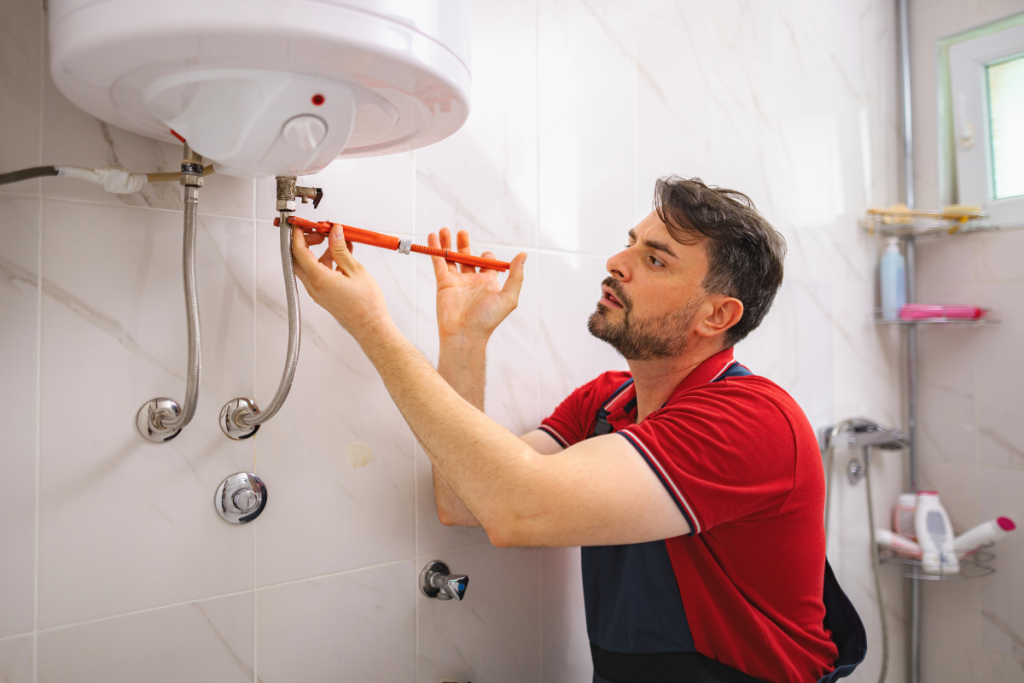
Still not sure? We can inspect it and help you decide if a repair or replacement is the better option.
Helpful External Resource
Curious how much energy your current heater might be wasting? Visit Natural Resources Canada’s guide to water heaters
Not Sure If Your Water Heater Is Working Efficiently?
Don’t get caught in the cold. A quick inspection can prevent bigger issues later and help you lower your energy bills.
Not sure if your water heater is working efficiently? Get a professional inspection today.
Call Siegfried Plumbing for honest advice and expert service in Courtenay, Comox, and surrounding areas.
💧🔧📞 250 207 5488
